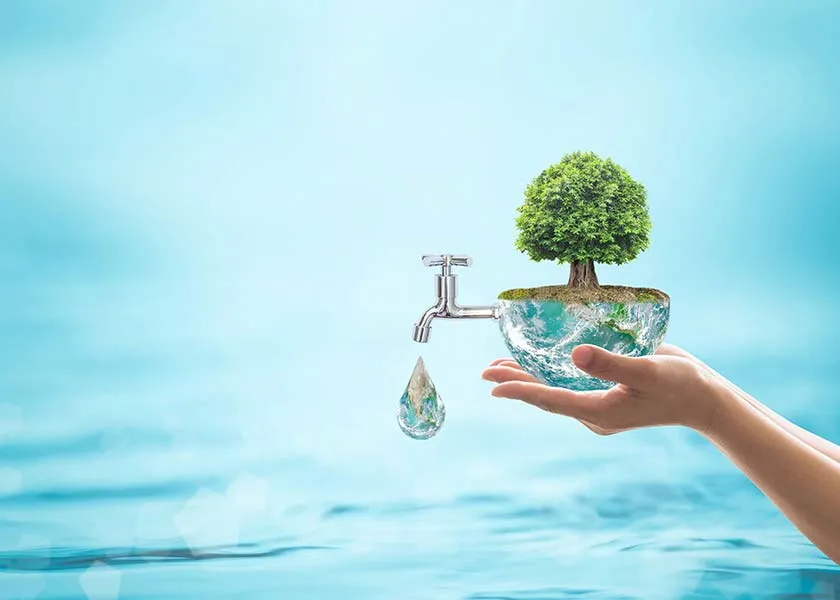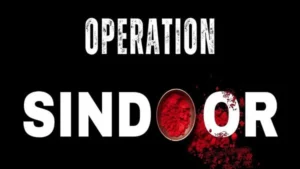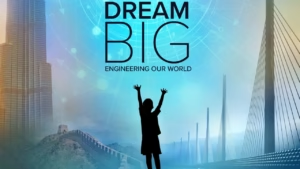
Har Ghar Jal: Centre Clears Half of ₹2.79 Lakh Crore Demand – Financial Challenges in India’s Flagship Water Scheme
Introduction
In a major development concerning India’s rural infrastructure, the Jal Shakti Ministry has sought an additional ₹2.79 lakh crore to continue the Har Ghar Jal scheme under the Jal Jeevan Mission (JJM) up to December 2028. However, a panel led by the Expenditure Secretary has approved only half the amount, recommending that the remaining ₹1.25 lakh crore be borne by state governments.
This update is significant for aspirants preparing with the best online coaching for CLAT, particularly in understanding themes related to fiscal federalism, public policy, and constitutional governance. At CLAT Gurukul, which offers the Best CLAT Coaching in Patna and one of the most reliable online coaching for CLAT across India, we integrate such real-world developments into classroom discussion, comprehension sets, and legal reasoning problems to give students an edge.
Why in News?
The Jal Shakti Ministry approached the Centre with a request for an additional ₹2.79 lakh crore in funding to extend the water supply scheme for rural households till December 2028. However, only around 46% of this amount has been sanctioned by the panel, creating a significant funding shortfall, which is expected to be covered by individual states.
Har Ghar Jal Scheme: A Quick Recap
Particulars | Data |
Scheme Launched | August 15, 2019 |
Implementing Ministry | Ministry of Jal Shakti |
Original Tap Connections (2019) | 3.23 crore |
Taps Added (2019 to 2024) | 12.17 crore |
Target for 2024–2028 | 3.96 crore |
Total Rural Households (India) | 19.36 crore |
Revised Cost per Connection | ₹1,37,500 (up from ₹30,000) |
Total Revised Demand (2024–2028) | ₹2.79 lakh crore |
Amount Approved by Expenditure Panel | ~₹1.25 lakh crore shortfall |
Point-Wise Summary for CLAT 2026 Aspirants
- Scheme Overview:
- The Jal Jeevan Mission (JJM), launched in 2019, aimed to provide piped drinking water to every rural household by December 2024.
- So far, over 12.17 crore new connections have been added.
- Extension Demand:
- Due to cost escalations and implementation delays, the scheme is being extended till December 2028.
- The Ministry of Jal Shakti requested ₹2.79 lakh crore for the extension period.
- A Finance Ministry panel approved only half, citing inflated cost estimates.
- Increase in Cost Per Connection:
- The cost of laying one household tap connection has increased from ₹30,000 to ₹1,37,500—a nearly 4.5x jump.
- The Finance Ministry flagged this spike and asked for a clear justification.
- Funding Gap and Centre-State Relations:
- The Centre believes states should share the burden of ₹1.25 lakh crore.
- This has triggered debate over fiscal federalism and state-level implementation capacities.
- The issue is politically sensitive as many states ruled by BJP may comply, while opposition states may demand higher central support.
- Feasibility and Accountability:
- The Expenditure Secretary-led panel is worried about inflated contracts and non-transparent execution in some states.
- Emphasis has been placed on performance-linked disbursals.
Legal and Policy Significance for CLAT 2026
At CLAT Gurukul, which is known for the Best CLAT Classes In Patna, we help students identify such issues in the context of:
- Constitutional Provisions:
- Article 280 – Finance Commission’s role in Centre-State financial relations.
- Article 21 – Right to clean drinking water as part of the right to life.
- Article 243G & 243W – Roles of Panchayats and Municipalities in water supply.
- Legal Reasoning Relevance:
- This issue may form the base for passages on policy reasoning.
- CLAT questions may ask students to identify the implications of cost inflation, funding gaps, or test assumptions about infrastructure projects.
- Comprehension Practice:
- Long editorials like this offer rich scope for inference, tone, central theme, and critical reasoning questions.
- At CLAT Gurukul, we provide tailored editorial-based comprehension practice using current schemes like this.
Explanation of Key Terms (For Legal Reasoning/Current Affairs)
Term | Explanation |
Jal Jeevan Mission | A flagship central government initiative to ensure piped water to all rural households. |
Har Ghar Jal | Subcomponent of JJM focused on actual household tap connections. |
Expenditure Secretary | Senior-most officer in Finance Ministry overseeing fund allocation and budgeting. |
Functional Household Tap Connection (FHTC) | A household water tap providing potable water at 55 litres per capita per day (LPCD). |
Cost Escalation | An increase in project cost due to inflation, material/labour prices, or inefficiencies. |
Fiscal Federalism | The financial relationship between different levels of government—here, Centre and States. |
Conclusion
India’s Har Ghar Jal scheme remains one of the most ambitious public service delivery programs in the world. However, rising costs, logistical challenges, and differing political will between Centre and States have brought funding into question. The debate reflects broader challenges in fiscal decentralization, accountability in public spending, and the urgency of water security in rural India.
For CLAT aspirants studying with the best online coaching for CLAT or attending the Best CLAT Coaching in Patna, this issue combines real-life public policy with legal reasoning, comprehension practice, and constitutional awareness.
Tags & Keywords for SEO (CLAT Gurukul Website)
- best online coaching for CLAT
- online coaching for CLAT
- Best CLAT Coaching in Patna
- Best CLAT Classes In Patna
- Jal Jeevan Mission 2025 update
- Har Ghar Jal funding issues
- ₹2.79 lakh crore water scheme India
- Centre State fund sharing schemes
- Public policy for CLAT 2026
- CLAT legal reasoning current affairs
- Infrastructure governance India
- Drinking water scheme rural India
Note
Powered by CLAT Gurukul — India’s Premier Law Entrance Coaching Institute
At CLAT Gurukul, we don’t just help you crack CLAT — we help you conquer it. This article is part of our mission to empower future legal professionals with relevant insights, in-depth analysis, and exam-oriented strategies that truly make a difference.
Why Thousands of Aspirants Trust CLAT Gurukul:
- Personalized mentorship by India’s top CLAT educators
- Comprehensive study material, updated daily
- Smart strategy sessions, mock tests, and performance analytics
- A proven track record of NLU selections year after year
Whether you’re a beginner or a repeater, you’re already one step ahead with CLAT Gurukul by your side.
Join our community of toppers. Visit www.clatgurukul.in or
connect with us on WhatsApp at +91-7033006444 for guidance and free counseling.
This Blog is Powered by CLAT Gurukul — India’s Leading Law Entrance Prep Platform
At CLAT Gurukul, we believe in empowering future legal minds with the right blend of knowledge, strategy, and mentorship. This blog is a reflection of our commitment to quality content that not only helps aspirants stay updated but also sharpens their conceptual clarity.
Why CLAT Gurukul?
- Personalized Mentorship by Top Legal Educators
- Comprehensive Study Materials & Legal Updates
- Daily Practice Sets, Mocks & Performance Tracking
- Result-Oriented Strategy for CLAT, AILET, and CUET
Whether you’re reading this article to deepen your understanding or to stay ahead in your exam prep — you’re already one step closer with CLAT Gurukul by your side.
Join thousands of successful aspirants who trusted CLAT Gurukul and cracked India’s top law entrance exams.
Visit www.clatgurukul.in to learn more or speak to our experts now!







